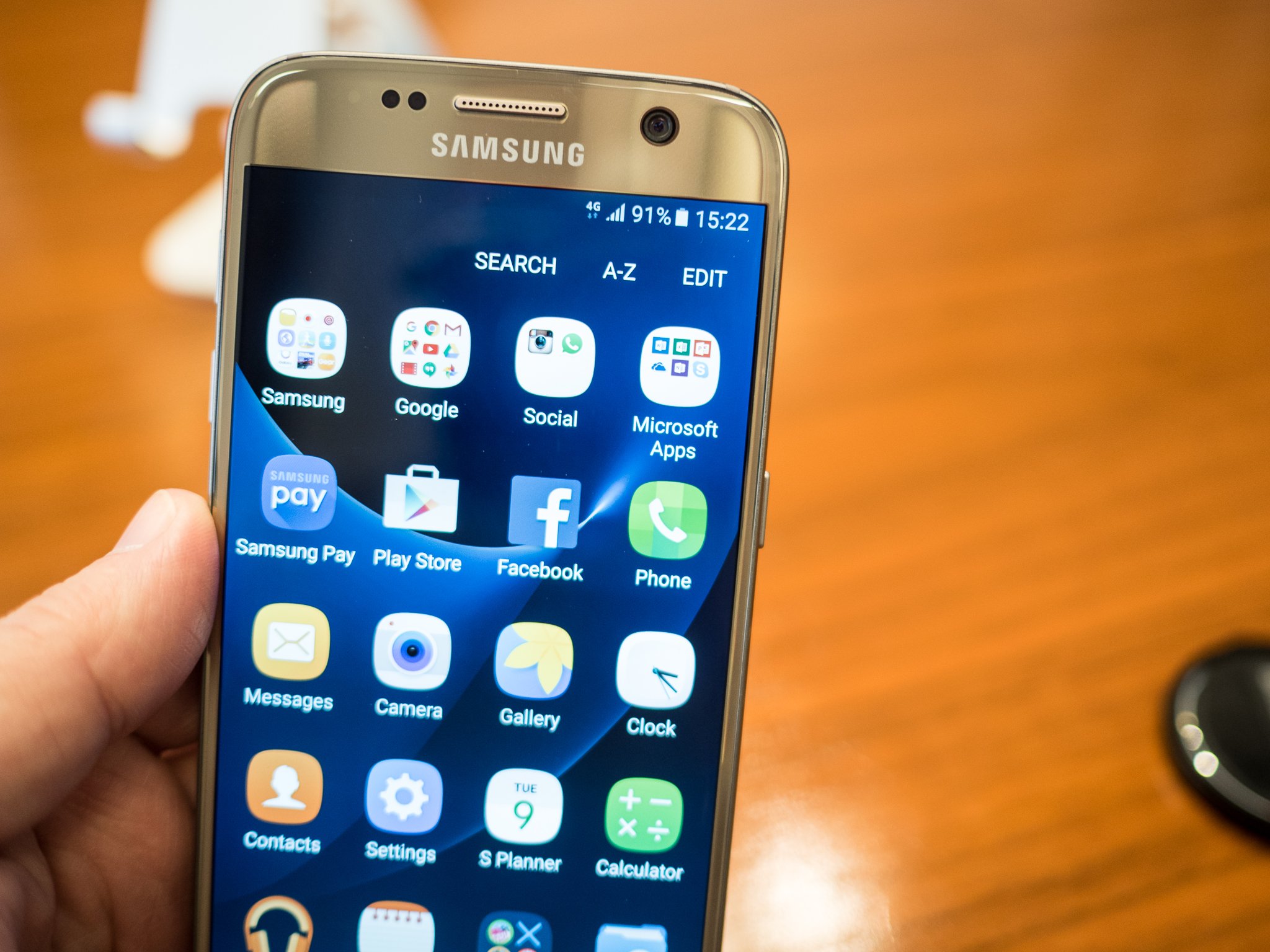Galaxy S7 regains a microSD card — but shuns adoptable storage

If you're looking for the Galaxy S7 to have expandable storage — that is, for the Galaxy S7 to once again take a microSD card — you're in luck. Samsung's apparently listened to the complaints of the last year (the Galaxy S6 and Note 5 both did away with this feature) and has returned expandable storage to the Galaxy S7 and GS7 edge.
And it's done so smartly — the SIM card tray doubles as the microSD card holder.
But there is a little bit to talk about here. There's expandable storage as we've come to know over the years, and then there are the new expandable storage options in Android 6.0 Marshmallow.
Here's what's up with microSD cards and the Galaxy S7.
The long and short of it here is that you're able to use a microSD card on the Galaxy S7 just fine, same as you could in past generations. That means you can pop the card into a computer and load it up with music and videos all you want, then pop it back into the Galaxy S7. You'll have the same file structure we've come to know. It's simple, it's insecure, and it's very much a legacy holdover.
New in Android 6.0 Marshmallow, however — and the Galaxy S7 is launching with Marshmallow — is something called "adoptable storage". That's where a device will take the SD card and format it again using the same sort of structure and permissions as your internal storage. It "adopts" those same features. And so instead of seeing internal and external storage, your phone or tablet or whatever sees it all as a single, larger block of storage. And adoptable storage is more secure because of this. The card that's been formatted for adoptable storage is encrypted and will only work in the device that created it.
Samsung, however, has opted to not use adoptable storage in the Galaxy S7.
Samsung, however, has opted to not use adoptable storage in the Galaxy S7. One reason, Samsung tells us, is that it's still confusing to most consumers. A removable card that's not usable anywhere else after you remove it sort of doesn't make sense, right? We could see where that would be confusing.
Get the latest news from Android Central, your trusted companion in the world of Android
But it's also sort of against Google's expressed recommendation for adoptable storage. To wit:
Only external storage media in stable locations, such as a slot inside a battery compartment or behind a protective cover, should be considered for adoption to help avoid accidental data loss or corruption.
So Google says if you've got a microSD card tucked inside the battery compartment — or in the SIM tray, which presumably is even more stable — then you should be good to go for adoptable storage. But read the rest of the adoptable storage specs — particularly where it cautions against using things like USB sticks that can be easily removed — and you get the sense that the spec was written more with location and accidental removal in mind, and less for how a typical consumer treats a long-used piece of removable media.
The flip side of this is that in a good many markets — and specifically those of us in the U.S., Samsung told us ahead of the phone's launch — the Galaxy S7 will come only with 32 gigabytes of internal storage. (We'll keep an ear out for any changes now that the GS7 is officially official.) For some of us that presents the perfect case for adoptable storage. But in any case it's moot — we'll be using microSD cards on the Galaxy S7 just as we always did.

